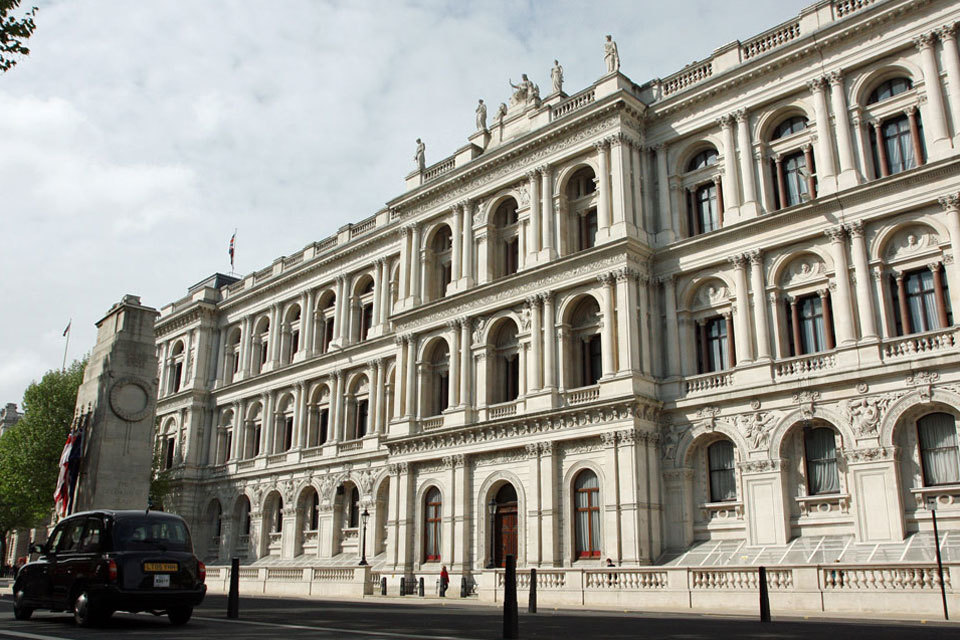Londoners’ views about how they coped with life in the city during the Blitz will be explored in a free exhibition at The London Archives.
‘London in the Second World War’, which opens at the Corporation-owned archives on 24 February, will use rarely seen original artworks, photographs, maps, and personal diaries to illustrate the devastating impact of the Luftwaffe’s bombing campaign against the UK during the war.
London County Council’s bomb damage maps, charting the destruction of individual properties; photographs taken by City Police officers, Arthur Cross and Frederick Tibbs, of the immediate aftermath of bombings; and personal diaries are among the featured items from the archives’ collections.
The exhibition will also tell the little-known story of the Auxiliary Ambulance Station 50 in Paddington, which was staffed entirely by South Asian Londoners.
The exhibition’s final display will examine how London sought to rebuild after the war through the creation of the County of London plan, and how this was put into place at Poplar’s Lansbury Estate for the opening of the Festival of Britain in 1951.
Chairman of the Corporation’s Culture, Heritage, and Libraries Committee, Munsur Ali, said:
“By using original documents and vividly told personal testimonies drawn from the archives’ extensive collections, this exhibition will offer unique insights into the experiences of Londoners during this seminal event in the capital’s history.
“Cross and Tibbs’ atmospheric photographs will transport the archives’ visitors to the heart of scenes of widespread devastation, while the bomb damage maps portray the enduring impact of these years on London and the City.
“The exhibition will also provide an opportunity to remind ourselves of the valuable contributions made from all sectors of London society through economic and voluntary labour, and includes stories from the South Asian and Jewish communities.”
The London Archives is an integral part of the City Corporation’s rich and vibrant arts and cultural offering.
The organisation is one of the largest funders of heritage and cultural activities in the UK and invests over £130m every year. It manages a range of world-class cultural and heritage institutions, including the Barbican Centre, Tower Bridge, Guildhall School of Music & Drama, Guildhall Art Gallery, The London Archives, and Keats House. It also supports the London Symphony Orchestra and the London Museum.
ENDS
';







